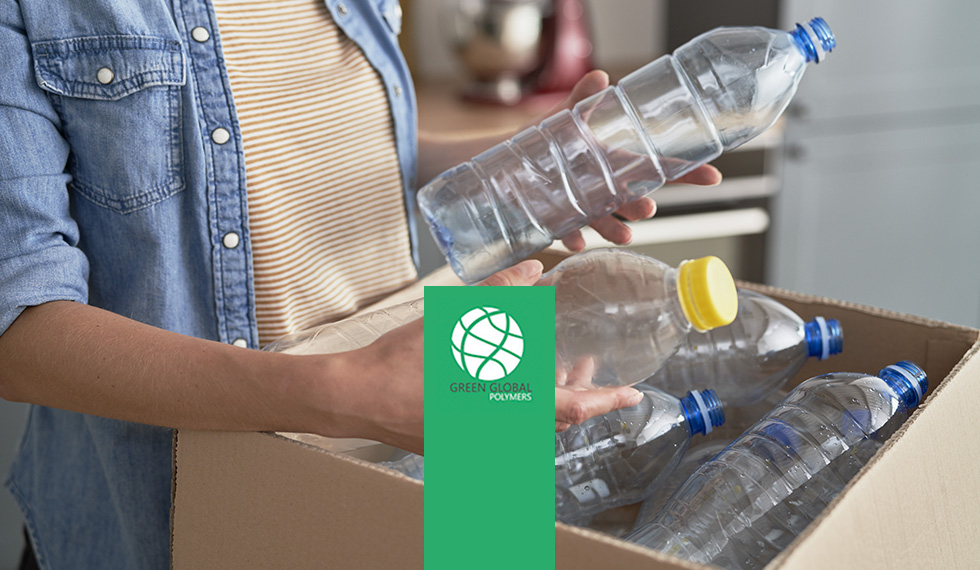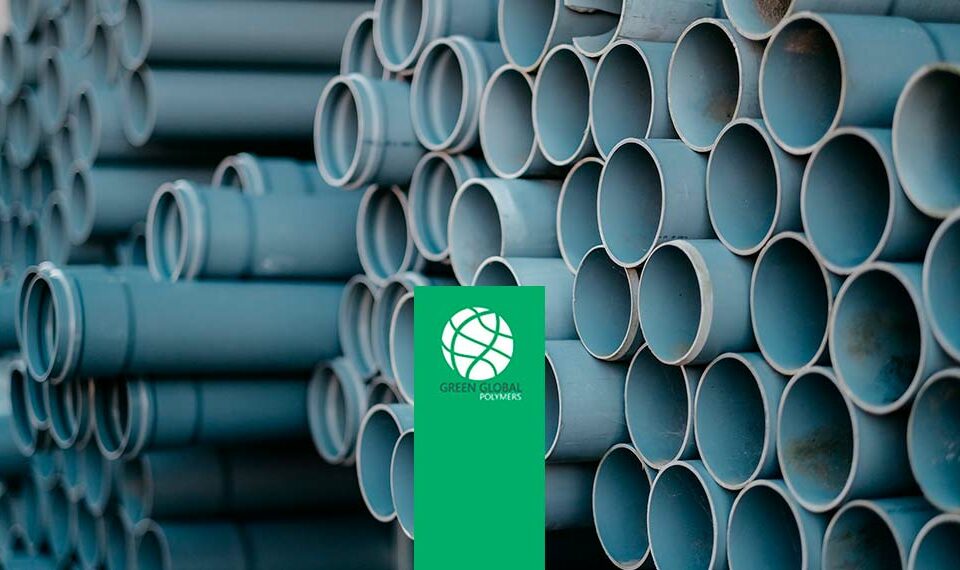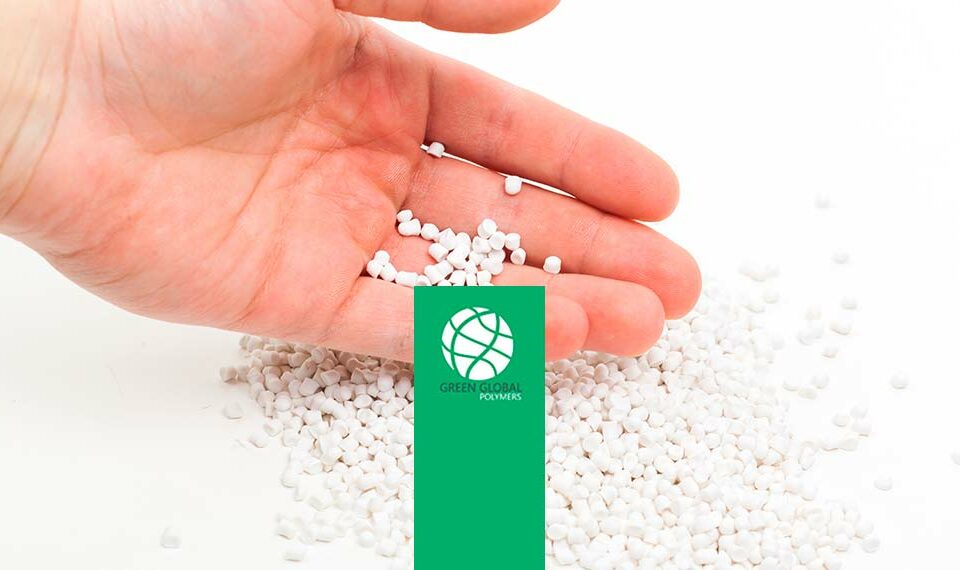
Cada vez es mayor la conciencia sobre el reciclaje entre la población, pero sabemos ¿para qué se utiliza el plástico reciclado? o ¿por qué es tan importante? A continuación te lo contamos.
Aplicaciones principales del plástico reciclado
Principalmente el plástico reciclado se utiliza, en muchas industrias, para la fabricación de nuevos productos y entre sus aplicaciones principales encontramos la madera plástica. Esta aplicación sirve para la creación de mobiliario urbano como bancos, elementos para los parques infantiles, señales de tráfico o vallas, esto se debe a que tienen muchas más ventajas que otro tipo de materiales y, por tanto, son más resistentes a cualquier acción de agentes externos como agua o temperatura que la madera que conocemos, la normal.
La fibra textil es otro de los materiales que se elabora a partir del plástico reciclado, para ello se suele utilizar PET, uno de los plásticos más utilizados mundialmente, que se transforma en ropa, bolsos o complementos.
Otros sectores que hacen uso del plástico reciclado es el de la agricultura, la obra civil y el sector automóvil. En cuanto a la primera, la agricultura, se obtienen ‘’films’’ para los cultivos, mallas para dar sombra a los cultivos, maceteros o cordeles. En la obra civil, se puede utilizar para la creación de productos de aislamiento e impermeabilización como los paneles de aislamiento térmico o láminas de impermeabilización de cubiertas. También se suele utilizar para tuberías de saneamiento o tubos de conducción de cables.
Por otro lado, gracias a su durabilidad y ligereza, este plástico reciclado es útil en la industria del automóvil. Además, mejora la aerodinámica, eficiencia y aislamiento acústico del coche. Debido a todas las ventajas que aporta en el proceso de creación del automóvil es evidente que cada vez se haga un mayor uso de él. Empresas automovilistas como Ford utilizan una media de 250 botellas de plástico recicladas para sus coches. Normalmente este plástico reciclado se aplica para el aislamiento acústico situado debajo del capó, en paneles interiores de puertas o revestimientos de suelos y maleteros.
Beneficios para la salud gracias al plástico reciclado
Además de lo que hemos mencionado en los puntos anteriores, se pueden hacer muchas cosas más gracias al plástico reciclado como por ejemplo, podemos reciclar las botellas de plástico para obtener más botellas con las que podremos albergar productos de limpieza. Además, mediante el plástico reciclado se puede fabricar bolsas de supermercado, bolsas de basura o incluso los contenedores de la calle.
Para poder garantizar los beneficios que aporta el reciclaje de plástico como beneficios ambientales, para la salud y económicos, es imprescindible separar bien a la hora de reciclar. Gracias al reciclaje de plástico podemos evitar uno de los problemas más significativos que tiene el plástico y es su tardanza en degradarse, así como el grave problema que supone para el medio ambiente.
Por eso, el reciclaje de plástico es imprescindible y su aplicación es cada vez mayor entre la población gracias a la conciencia que se tiene sobre ello. Además, ofrece un gran número de posibilidades para que se pueda convertir en nuevos productos, lo que supone un ahorro de recursos naturales y de gasto energético que se aplica en los procesos de producción de los productos.
Desde Green Global Polymers, tenemos una gran labor entorno al reciclaje de plásticos y es su transformación en nuevos materiales para que se pueda hacer uso de ellos en la producción de productos. Así que nuestra labor consiste en el recuperado, reciclaje y comercialización de diferentes tipos de plásticos, con la finalidad de mejorar el mundo y acabar con los problemas medioambientales que existen.



